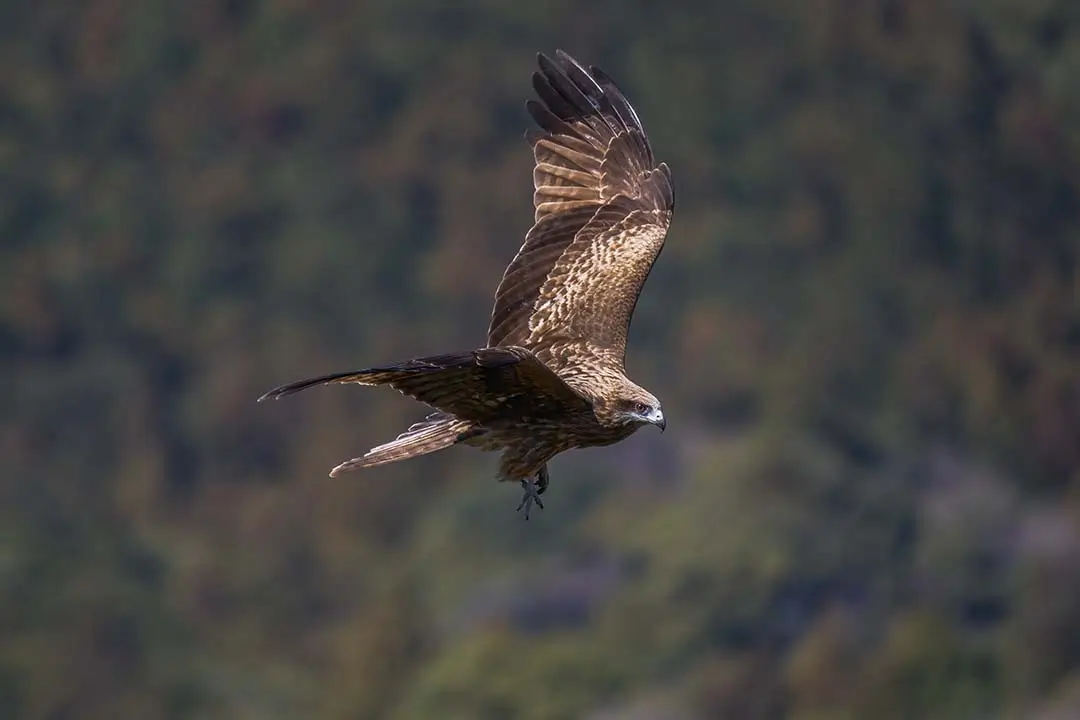
BIRDING IN
Mgahinga Gorilla National Park

BIRDING IN
Mgahinga Gorilla National Park

BIRDING IN
Mgahinga Gorilla National Park

BIRDING IN
Mgahinga Gorilla National Park
Mgahinga Gorilla National Park is located in South Western corner Uganda, bordering Republic of Rwanda and Democratic Republic of Congo, 10kilometers south of Kisoro. Each of these countries protects its own portion of the Virungas, in the Parc National des Volcans and Parc National des Virunga respectively. The three parks together form the 434 square kilometers. 'Virunga Conservation Area'. It is 33 Square kilometers with an altitude range of 2227meters-4127meters. It covers the northern slopes of the three northern most Virunga Volcanoes Mt. Muhabura(4,127meters), Mt. Sabinyo (3,645meters), and Mt.Gahinga (3,474meters). The entire Park is in Bufumbira County of Kisoro District. Kisoro is about 540 km (8-9 hours) from Kampala.
Mgahinga Gorilla National Park consists of the partly forested slopes of three extinct volcanoes. When you reach the park you can get a great overview of the area by walking up the viewpoint, just 15 minutes from Ntebeko Gate. The Virungas are home to a large variety of wildlife, birdlife including about half the world's critically endangered mountain gorillas.
Little research has been done regarding the birds of Mgahinga Gorilla National Park, but the park is still of great interest to bird-watchers. The Park is set apart with a unique bird fauna 79 bird species have been recorded within the park, including several species prevalent to the East Congo Montane region. For the Virunga Conservation Area as a whole, over 295 species in the Virungas are prevalent to the Albertine Rift Afromontane region representing 59% of the total of known endemic species. There are several guided mountain hikes on offer where birders get a chance to tick off some Afro-alpine endemics, such as the scarlet-tufted malachite sunbird. Migratory birds are present from November to April.
Endemic and near endemic birds here include; African olive pigeon, Alpine swift, Archer's robin-chat, Blue-headed coucal, Dusky crimsonwing, Kivu ground thrush, Moorland chat, Olive woodpecker, Ruwenzori batis, Ruwenzori nightjar, Ruwenzori turaco, Scarlet-tufted malachite sunbird.
Birding in Mgahinga Gorilla National Park can be done all year-round however; the best time is from October to November and from April to mid-May. The main nesting season is in May and June. From late May through September, food is abundant. Migratory birds are in the park from November to April.ther rare birds are Fraser's eagle owl Bubo, white-bellied robin chat, Grauer's warbler, short-tailed warbler, yellow-eyed black flycatcher, montane double-collared sunbird and dusky twinspot.
Our Experts are ready to provide answers
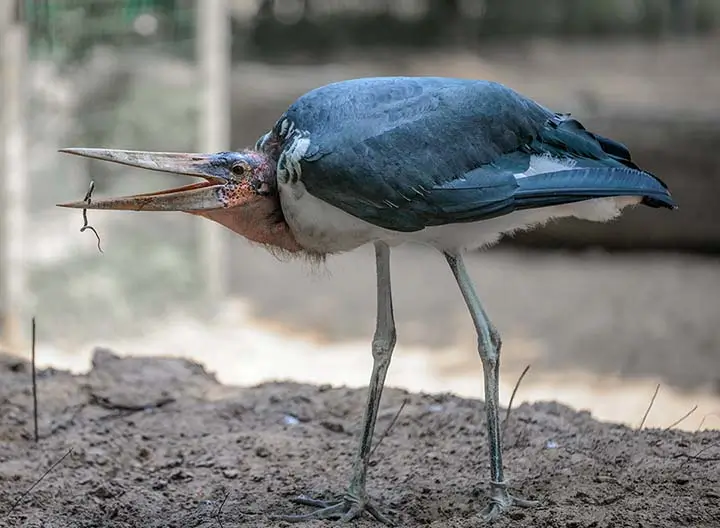
Ajai Wildlife reserve has several bird species and they include Shoebill, the Black-rumped Waxbill, Grey Crowned cranes, Marabou stocks, African fish eagles, Heuglin's Masked Weaver, Chestnut-crowned Sparrow-weaver.
Read More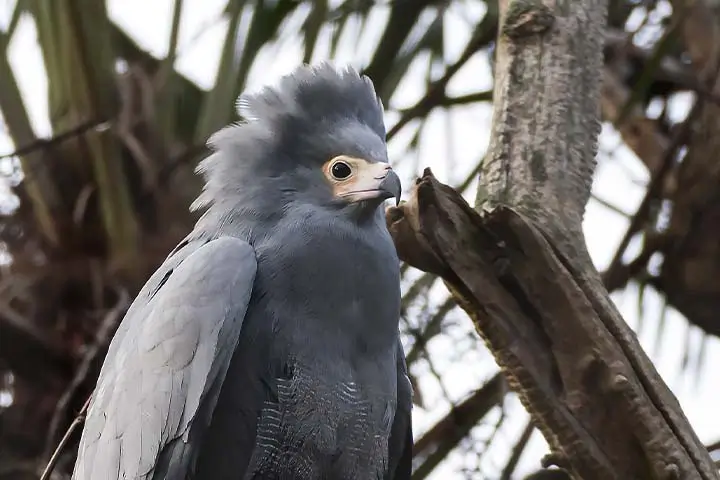
Bwindi is the Bird watchers haven as experienced bird watchers can identify up to 100 species in a day in Ruhija and Buhoma.
Read More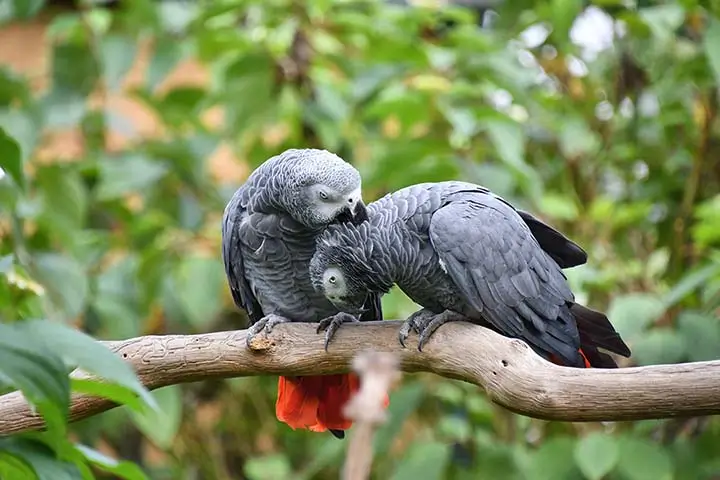
Kibale National Park has so many developed hiking/walking trails with the best birding spot being Bigodi wetland sanctuary where birders take visitors for a 4-hour walking trail.
Read More
The Apoka Rest Camp and Park Headquarters overlooking the swallow, southern Narus Valley is a grand spot to start your Kidepo birding.
Read More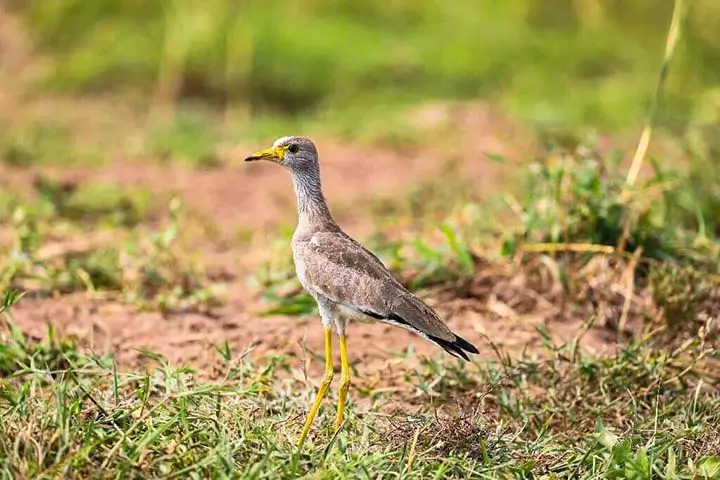
The best birding spots in the park include the swampy valleys of Warukiri and Miriti, and the roadsides between Rwonyo camp and the jetty. There are viewing platforms at the salt lick, in Miriti Valley, and in Rubanga Forest.
Read More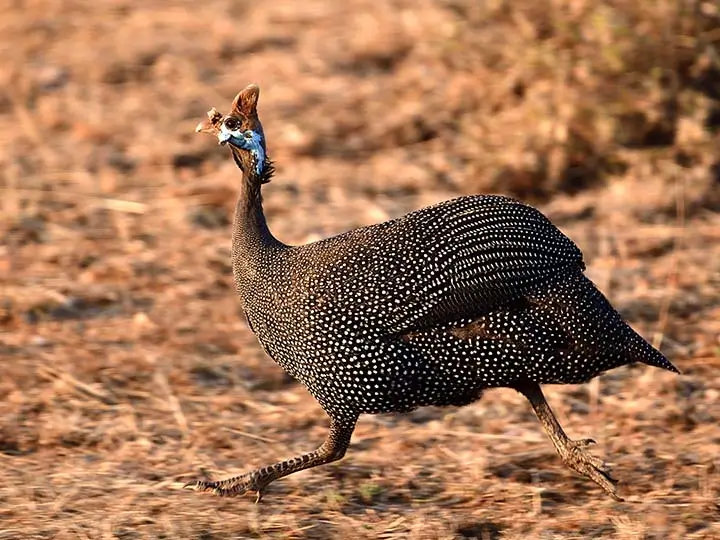
Excellent birding opportunities exist around Kapkwai Forest Exploration Centre, in particular in the secondary forest and thick shrub along the loop trails extended to cover Cheptui Falls.
Read More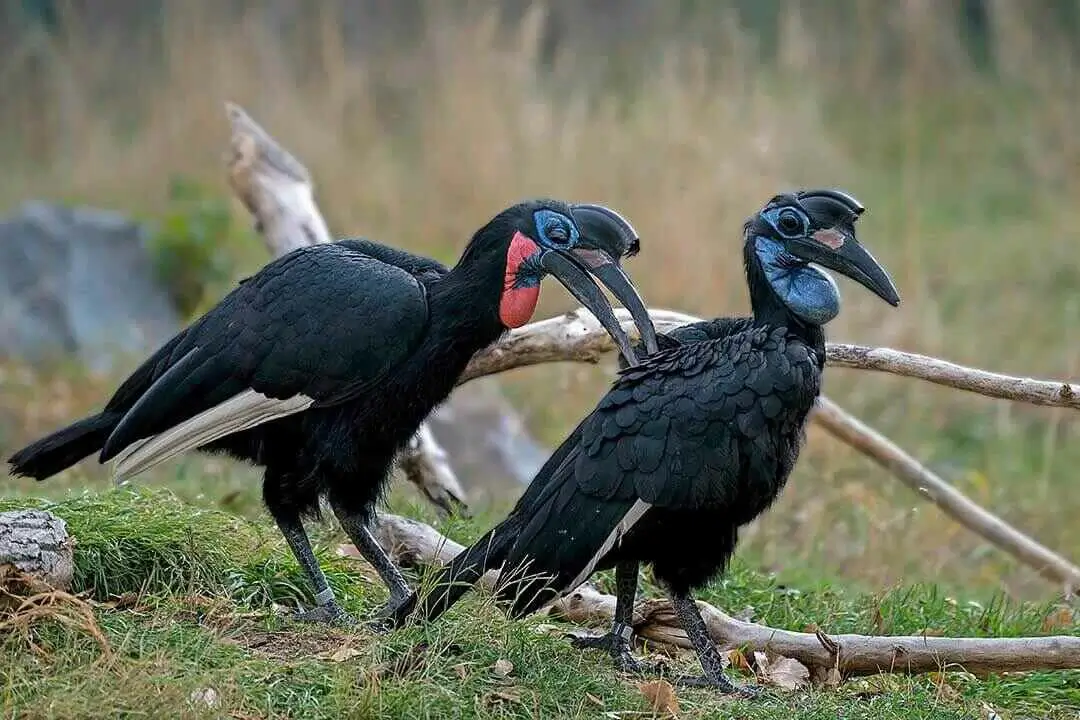
Over 500 bird species are known from the site. Falco naumanni is a passage migrant and Circus macrourus occurs on passage and in winter. Acacia woodland holds the largest known population of Agapornisfischeri, Parusfringillinus is resident and there have been recent records of Apaliskaramojae from Acacia drepanolobium woodland in the south-west of the site.
Read More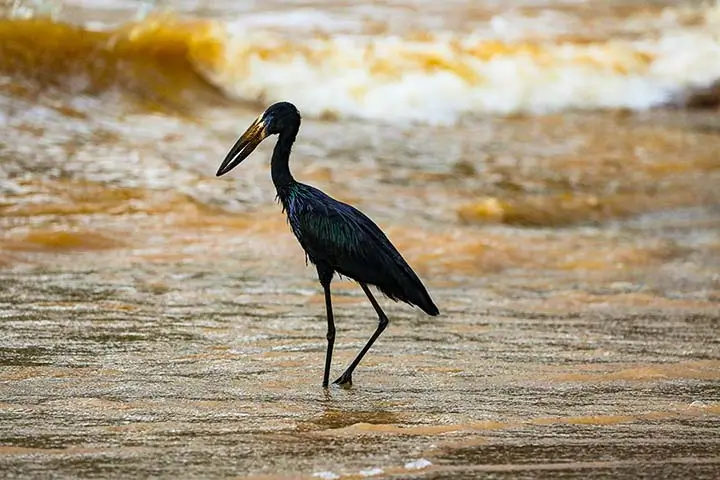
It has 611 recorded bird species in the Kazinga channel sanctuary which covers an area approximately 207kilometers.
Read More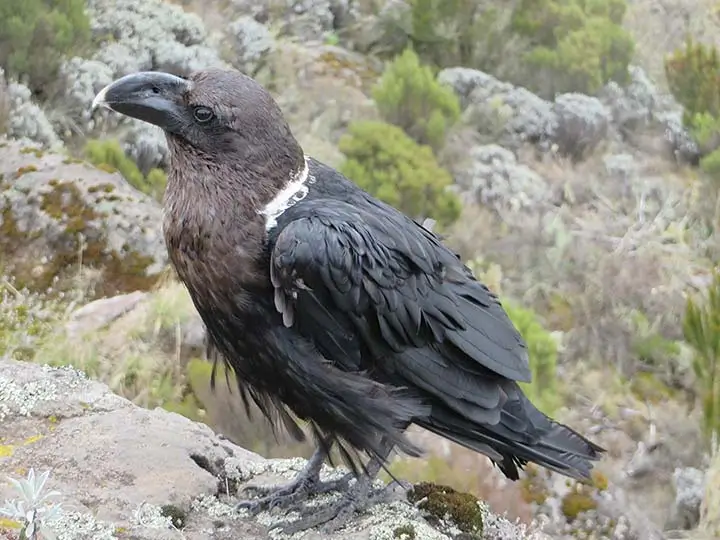
The park is one of the world's Endemic Bird Areas (EBA). There are up to 241 species of birds which is about 27% of Uganda's total. Close to 177 bird species live in the Afromontane forest and 19 species are endemic to the Albertine rift.
Read More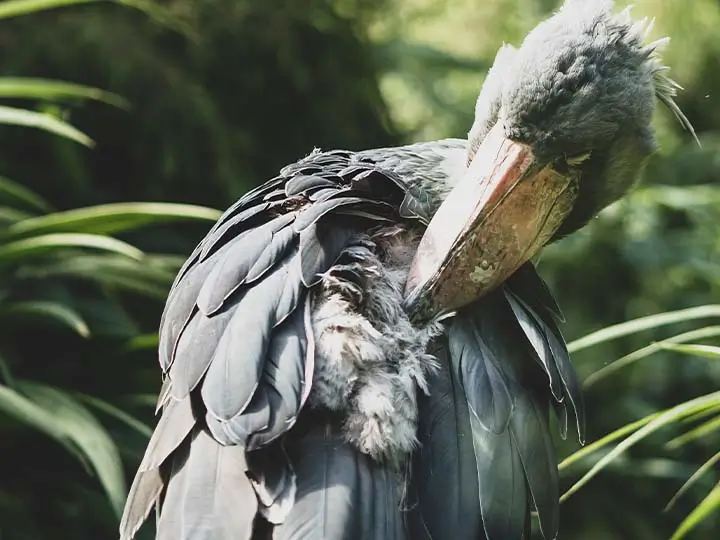
Birders who make it to Semuliki are always rewarded with some of Africa's best forest birding. Sempaya and Ntandi provide excellent viewing of the birds.
Read More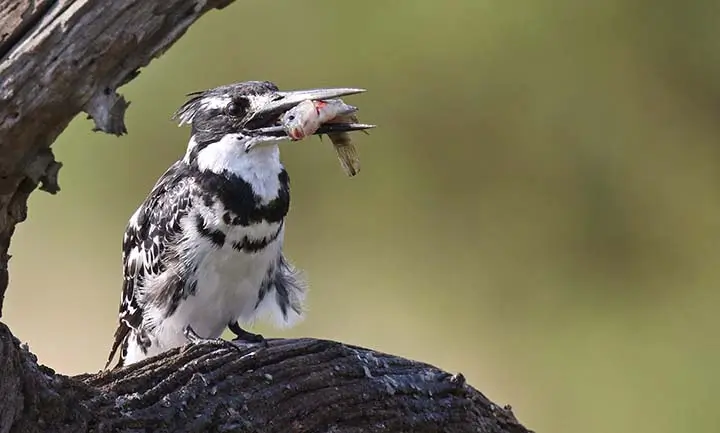
As compared to many other birding destinations within the country, This area of the lake has got over 200 bird species and some of these include;
Read More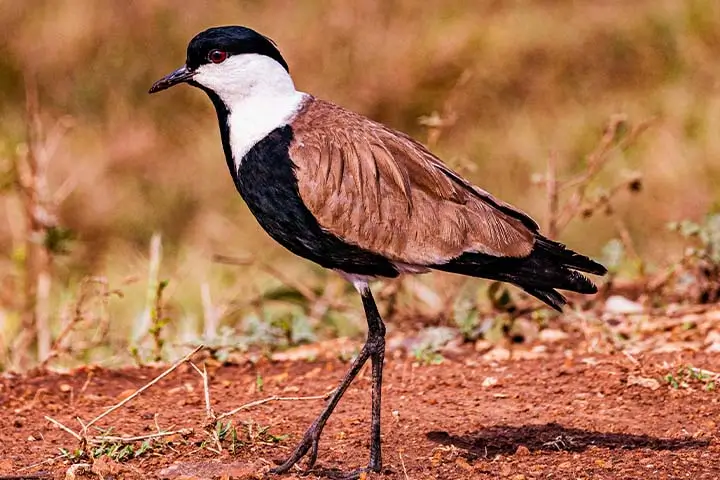
As compared to many other birding destinations within the Birding here is done near new Lutembe beach located on Entebbe road at Namulanda. The bay area has trees, marshlands, and shrubs. Early in the morning is the best time to get to Lutembe as there is a lot of bird activity.
Read More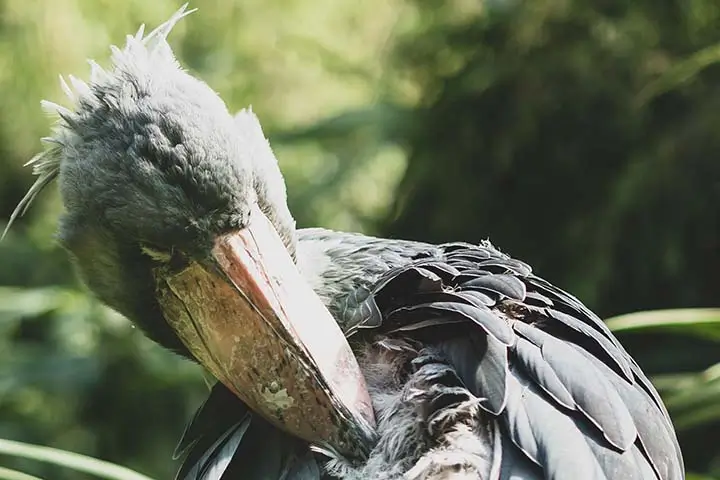
Located on the edge of Lake Victoria, Mabamba Bay Wetland is one of few places where the rare Shoebill Stork can be found. Mabamba Swamp is the most accessible and reliable with the best chances of seeing the Shoebill in Uganda.
Read More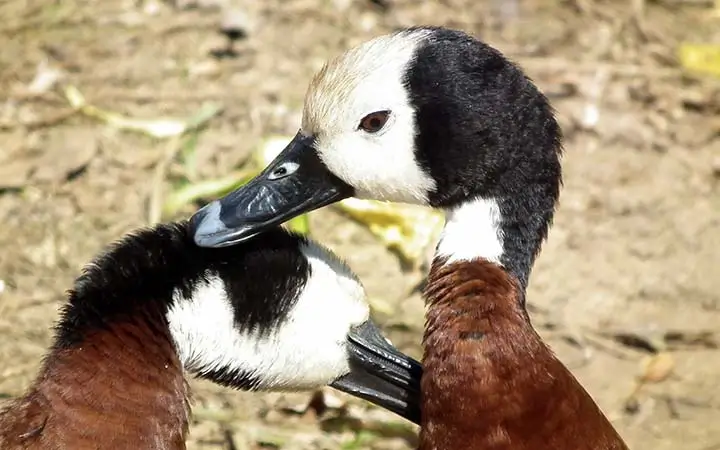
The Uganda Wild Life Authority has registered a reduction in bird species in Pian Upe, and Matheniko, Bokora game reserves due to the persistent drought that has dried up all water sources in the reserve.
Read More